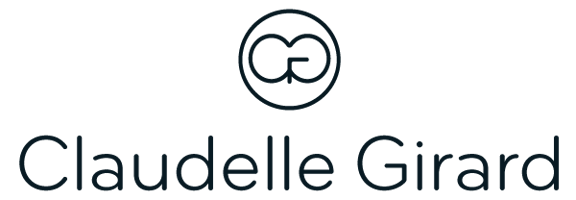With an education in art and design, I have over 20 years' experience in the field. I value craftsmanship, originality, and speaking one’s truth. I have a passion for making physical art and the best thing ever is to see the direct connection between someone experiencing my art and their reaction.
I share my work week between digital design and traditional art-making. I have also newly founded Askøy Kunst and hope to contribute to the growth of the artistic community here on the island.
Aside from my work, here are a few tidbits about me:
- In true Canadian fashion, I love maple syrup!
- I'm a rather quiet type. I prefer one on one meetings over big parties.
- When I was a girl I wanted to own a shop selling all sorts of paper goods, erasers, and fancy pencils. This is how my dream is coming to realisation!
- I love the outdoors and spend a lot of time in the mountains and in the ocean.
- As I write this, Steven Wilson's "Drive Home" is playing on iTunes.
I hope you will enjoy my work!
I'm always happy to make new acquaintances, so don't hesitate to get in touch!
Other places you can find me are:
I share my work week between digital design and traditional art-making. I have also newly founded Askøy Kunst and hope to contribute to the growth of the artistic community here on the island.
Aside from my work, here are a few tidbits about me:
- In true Canadian fashion, I love maple syrup!
- I'm a rather quiet type. I prefer one on one meetings over big parties.
- When I was a girl I wanted to own a shop selling all sorts of paper goods, erasers, and fancy pencils. This is how my dream is coming to realisation!
- I love the outdoors and spend a lot of time in the mountains and in the ocean.
- As I write this, Steven Wilson's "Drive Home" is playing on iTunes.
I hope you will enjoy my work!
I'm always happy to make new acquaintances, so don't hesitate to get in touch!
Other places you can find me are:
About Linocuts
You might wonder: What is a linocut print, and why should I pay more than a regular printer print for one?
Linocut printing is a work-intensive process that gives unique results to every print. Therefore, every print has slight variations in it. This is an inevitable and beautiful part of the handmade process, and you can rest assured I would not send out a print with obvious production flaws in it. If you are still hesitant to make your purchase because of this, do get in touch and I can send you a detailed photo of the actual print you’d be receiving.
When you buy one of my prints, you are supporting a working independent artist. I get no other help or special support from a third party.
What is linocut printing?
Linocut is a printmaking technique, a variant of woodcut in which a sheet of linoleum is used for a relief surface. A design is cut into the linoleum surface, with the raised (uncarved) areas representing a reversal (mirror image) of the parts to show printed. The linoleum sheet is inked with a roller (called a brayer), and then impressed onto paper. The actual printing can be done by hand or with a printing press. (Source: Wikipedia)
I personally start with high quality linoleum, cutting a mirrored image of my design using a combination of techniques with hand tools. The linoleum is then inked with archival quality ink and transferred onto acid-free paper using a simple wooden printing press and a handheld tool called a baren.
Numbered or open editions
When you buy a numbered print from me, you are buying a signed and limited edition artwork. The numbering is present on the printed sheet itself and represents both the order of the print in the series and the total number of prints made with this design. When the total number of prints are made, the print medium (linoleum) is destroyed so no more prints can be produced.
I also have some design that I sell in “Open Edition” series. This means that I’ll create as many prints as there is demand for, or until my linocut plate starts to get too old. Open Edition prints are also signed, and are normally more affordable since I’ll be able to share the initial work of cutting the linoleum between more prints.
As is usual, I sign my prints in pencil to avoid pen ink bleed over time.
Acid-free paper and high quality ink
To make sure your print can hang on the wall and be enjoyed for many years I only use high quality acid-free paper. Regular paper will turn yellow and eventually disintegrate, and it is important to me that the print you buy will last. I do my best to source paper that is the most environmentally sustainable, and bamboo paper is a personal favorite in that regard.
I pick paper types by weight, color and textures that fit the print, so check out the product page of each print to find out about the exact paper type that was used.
Likewise, the ink I use is a high quality rubber based ink with a thick, vibrant tone that will stay unchanged for many years to come. The rubber based print also has the environmental advantage of drying more slowly, allowing me more time to make prints before I have to wash my print tools and surfaces – meaning less waste.
